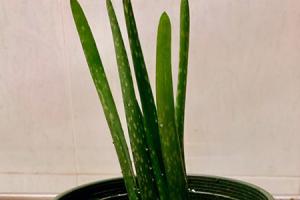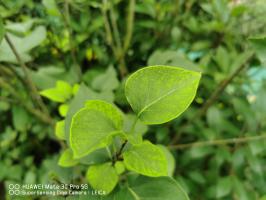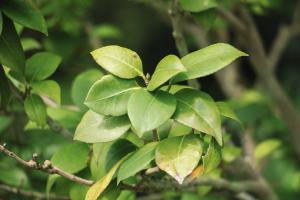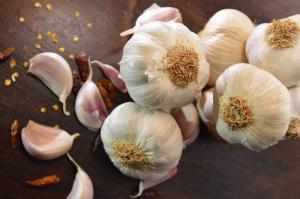Introduction
Volcanoes are unique geographic features that are capable of shaping the landscape around them. While they are known for their destructive power, volcanoes are also home to many species of plants and trees. In this article, we will explore the types of plants that grow near volcanoes and their unique adaptations to the harsh environment.
Plant Life near Volcanoes
Volcanic activity can create diverse landscapes that host a variety of plant species. The types of plants that grow near a volcano depend on the type of volcano, its location, and the minerals and nutrients present in the soils. Some common types of plants that grow near volcanoes include:
- Pioneer Species: These are the first plants to colonize newly formed lava flows or ash deposits. Examples include lichens, mosses, and ferns.
- Fireweed: A flowering plant that thrives in volcanic ash and has been known to colonize areas that have been recently burned or otherwise disturbed by eruption activity.
- Koa: A native Hawaiian hardwood tree known for its strong wood and resistance to lava flows.
- Puya: A type of flowering plant that grows in the Andes Mountains of South America, known for its ability to absorb heavy metals from volcanic soils.
Unique Adaptations
Plants that grow near volcanoes have to adapt to the unique challenges presented by the environment. For example, volcanic soils are often nutrient-poor and the pH levels can be highly alkaline or acidic. Some plant species have evolved adaptations that enable them to thrive in this environment. These adaptations include:
- Root Systems: Many plants that grow near volcanoes have specialized root systems that allow them to access water and nutrients that are deeper in the soil. Some even have roots that can penetrate volcanic rock.
- Heat Tolerance: Some plants are able to tolerate high temperatures that are common near active volcanoes. For example, species of ferns have been found growing on volcanic vents that can reach temperatures of 80°C (176°F).
- Fire Resistance: Plants that grow near volcanoes must also be able to withstand the often frequent lava flows and fires that accompany eruption activity. Trees like the Koa have thick bark that protects them from intense heat and flames.
Conclusion
In conclusion, volcanoes provide a unique habitat for many plant species that have evolved specialized adaptations to the harsh environment. From pioneers species to hardwood trees, plant life that grow near volcanoes have become well-adapted to the unique challenges this environment presents. As a result, studying the plant life around volcanoes can provide valuable insights into the ways in which species can evolve to survive in unexpected habitats.

 how many times do yo...
how many times do yo... how many planted tre...
how many planted tre... how many pine trees ...
how many pine trees ... how many pecan trees...
how many pecan trees... how many plants comp...
how many plants comp... how many plants can ...
how many plants can ... how many plants and ...
how many plants and ... how many pepper plan...
how many pepper plan...






























